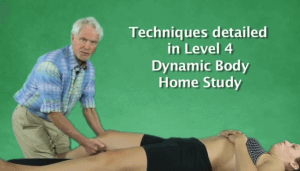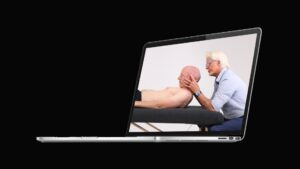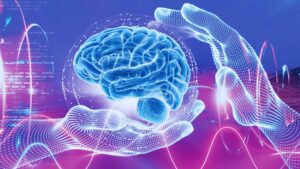Manual therapists may want training in more clinical massage and bodywork techniques in order to move their careers into the lucrative realm of sports medicine and orthopedic rehabilitation. Another popular reason for seeking out this kind of advanced medical massage training is to secure more effective skills for helping regular clients who are suffering from pain patterns that affect their daily quality of life. No matter what may be driving your interest in Myoskeletal Alignment Techniques (MAT), taking steps like the Online Technique Tour e-Learning to get trained in this powerful pain-management modality is a proven path toward a career that focuses on the medical side of manual therapy, which tends to bring a larger income along with it. One of the many benefits of choosing MAT as your clinical modality is that this system of deep tissue massage, myofascial release, joint mobilization and assisted stretching has been around for decades and has a solid reputation for efficacy.
In other words, those practitioners who earn certification in MAT can stand out among their peers when it comes to helping clients manage and alleviate pain. For the individual searching for relief from a chronic pain condition, or the employer searching for a manual therapist who can provide non-invasive healing and pain management to patients in a medical setting, seeing a practitioner with the MAT credential can make a big difference. The credential that comes with successfully completing MAT training is Certified Myoskeletal Therapist, and manual therapists can earn this credential by completing a live MAT seminar or one of several MAT home-study courses or online e-learning programs. For those who complete the live workshops as well as the full catalog of home-study and e-learning programs, the credential of Master Myoskeletal Therapist can be earned. By displaying a certification in MAT, you are letting prospective clients and employers know that you have been trained to effectively address all kinds of pain.
Massage and Bodywork Techniques for Foot, Ankle and Leg Pain

As far as what “all kinds of pain” might entail, an example of the issues that training in MAT can teach manual therapists to address is foot, ankle and leg pain. You might choose to learn how to assess and treat conditions that range from plantar fasciitis and bum knees to painful SI joints and patellofemral syndrome by purchasing “Home Study for Low Back, Hip and Leg Pain.” In this impressive lower body home-study course, MAT creator Erik Dalton demonstrates a long list of effective massage and bodywork techniques throughout six broadcast quality instructional DVDs. This home-study program also comes with Dalton’s “Dynamic Body” textbook, and students who complete the course receive 32 NCBTMB and BOC approved CE hours, as well as a Certified Myoskeletal Therapist diploma and an official logo for display on websites and business cards. However, “Home Study for Low Back, Hip and Leg Pain” is far from the only MAT course Dalton has developed.
In fact, practitioners who would like to get a well-rounded taste of what MAT has to offer would do well to sign up for “Technique Tour,” which is one of Dalton’s myoskeletal e-learning programs, which means it takes place entirely online. With a computer and an Internet connection, you can start learning some of Dalton’s favorite head-to-toe MAT moves, which are the basis of the 16 CE “Technique Tour,” immediately. For an easy preview of what “Technique Tour” entails, check out a few of the short YouTube clips that show footage from this class. For example, the YouTube vide “Deep tissue myofascial release for foot, ankle & leg pain” shows how Dalton delivers effective, easy to follow instructions for assessing and addressing dysfunction. In this case, the focus is on foot pronation, ankle and knee pain. Within the full “Technique Tour” program, practitioners will get the chance to learn the MAT protocol for assessing and addressing a long list of other common client issues as well, from TMJ and neck cricks to rotator cuff injuries and protective muscle spasm.









